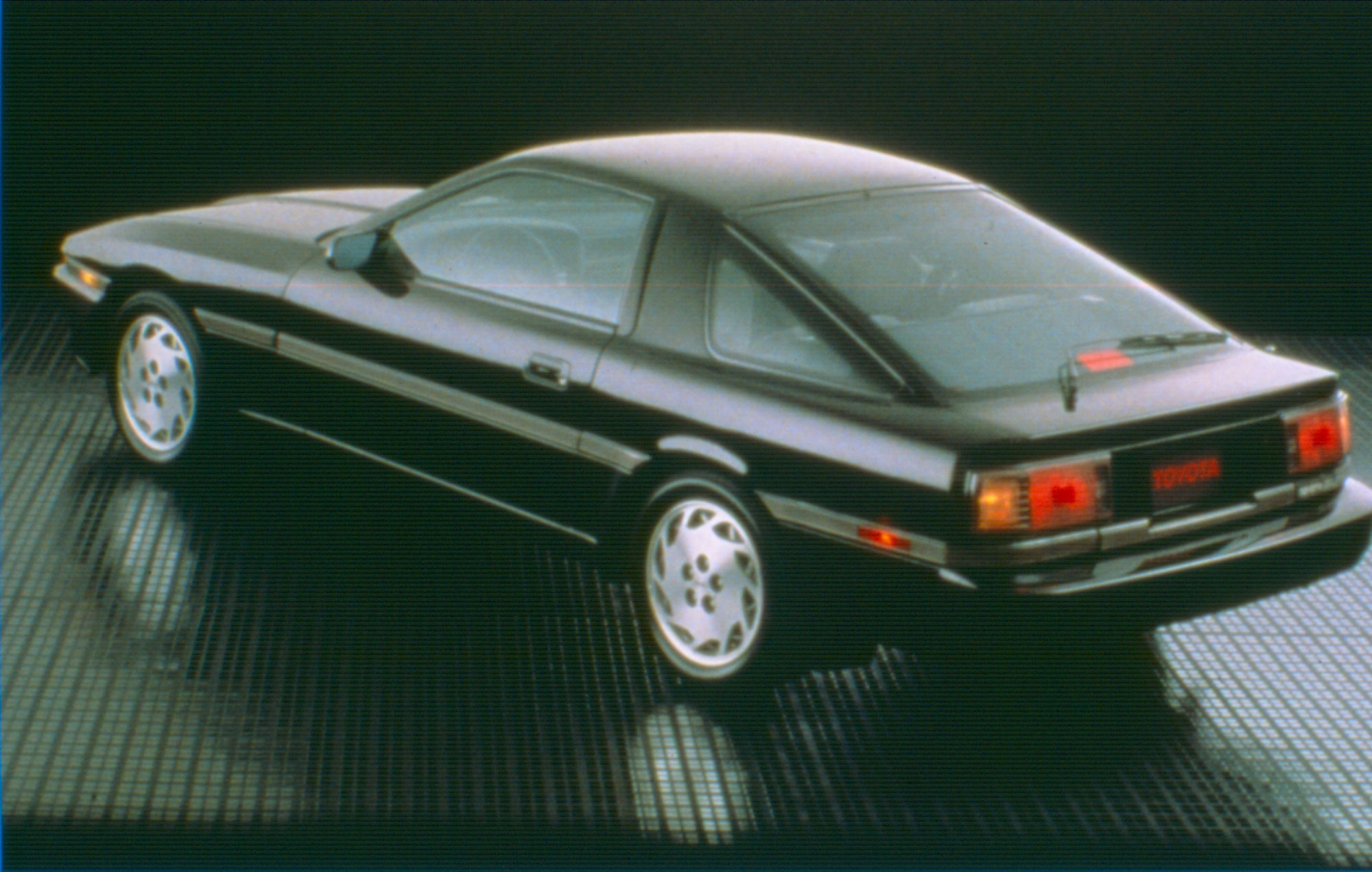These 1980s Japanese cars on the rise
We’ve talked before about 1980s domestic cars doing surprisingly well on the market and how high-tech Japanese performance cars of the ’90s have a bright future in the collector car hobby. But what about the Japanese cars of the ’80s?
Although cutting-edge and frighteningly quick cars like the Acura NSX and A80 Toyota Supra were still a decade away, the ’80s provided plenty of handsome, fun, and reasonably fast cars in a time that wasn’t exactly the golden age of car building. Given the recent value growth for 1990s Japanese high-performance cars, it’s natural that more eyes are turning to some of the older ’80s models than had in the past. With more humble performance and styling, these vehicles are always going to be a step down from the later, greater stuff—and the prices tend to reflect such—but plenty of them have seen rising prices and increased buyer interest.
The Hagerty Market Rating is a good indicator of ’80s Japanese cars that are shining the brightest. Based on a 0–100 scale, the HVR is driven by market data and takes into account the number of vehicles insured and quoted through Hagerty, along with auction activity and private sales results. A 50-point rating indicates that a vehicle is keeping pace with the market overall. Ratings above 50 indicate above-average appreciation, while vehicles below a 50-point rating are lagging behind the market.
| Vehicle | |
|---|---|
| 1986–92 Toyota Supra | 92 |
 Average value: $3400–$26,900 The fourth-generation Supra from the 1990s is one of the hotter vehicles on the market now and has been for a while, so with that much attention it’s not surprising that people have started turning to the third-generation model that rolled out in the 1980s. It was the first Supra completely separate from the Celica line, it’s handsome wedge styling has aged pretty well, and it could be had with a turbocharged engine good for 230 horsepower. That’s not far from what Corvettes were making at the time. It will always live in the shadow of the fourth-gen A80 Supra, but the third-gen (A70) has seen a surge in buyer interest, and values have increased considerably over the past year. Good unmodified examples are hard to find these days, however, and plenty of them were equipped with an automatic. |
|
| 1984–89 Nissan 300ZX | 82 |
20180319204607) Average value: $3900–$15,800 The original Datsun Z-Cars of the ’70s turned the performance car world on its ear, and the last twin-turbo 300ZX of the ’90s was a high-tech 300-hp wonder. The original (Z31) 300ZX that sits in the middle just wasn’t as big of a deal, and was a little bloated and soft. That said, it features Nissan’s first V-6 engine that makes 200 hp in turbocharged form, it’s pretty good looking if not all that distinctive, and T-tops are just plain cool. The cars are also still really cheap to buy even though prices have gone up a bit. Buyer interest is way up over the past year and more are being added to Hagerty insurance policies. |
|
| 1979–85 Mazda RX-7 | 80 |
 Average value: $2500–$17,400 The FD twin-turbo RX-7 of the ’90s is a pretty amazing car, but the original RX-7 was arguably an even bigger deal when it came out. Mazda really got rotary engine technology fully developed and just right with the RX-7, and in addition to its novel powertrain, there wasn’t much else on the market that was as fun to drive. Mazda built nearly half a million of them and they’ve been labeled as cheap sports cars for years. But people are starting to take them more seriously as collector cars lately. Prices have been creeping up for a couple of years and more are being added to Hagerty insurance policies. Meanwhile, the second-generation (FC) RX-7 of 1985–88 isn’t getting as much love; it has a rating of 44. |
|
| 1984–89 Toyota MR2 | 78 |
20170921162002) Average value: $3700–$18,700 The MR2 is another one of those cars that got a lot prettier and faster in the ’90s even though there was nothing particularly wrong with the ’80s model. The doorstop styling might not be for everyone, but even after more than 30 years it’s still one of the only affordable mid-engine cars you can buy, and it continues to draw people to it. Prices started creeping up at the beginning of last year and there have been some strong auction results for good examples. |
|

